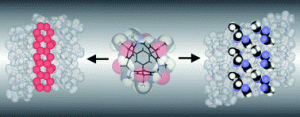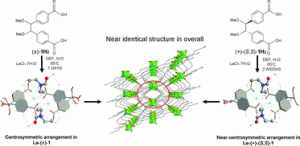In this CrystEngComm Hot article, scientists at Harbin Normal University, China, made ZnO nanoplates by introducing Al3+ to change the growth and thickness of the nanostructures. Their method is particularly interesting as they do not use a template or surfactant.
One-step hydrothermal synthesis and optical properties of aluminium doped ZnO hexagonal nanoplates on a zinc substrate
Jia Liu, Lingling Xu, Bo Wei, Wei Lv, Hong Gao and Xitian Zhang
CrystEngComm, 2011, Advance Article
DOI: 10.1039/C0CE00704H, Communication


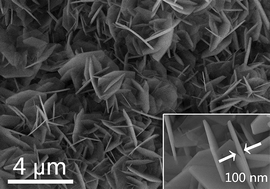









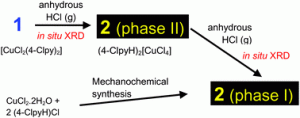
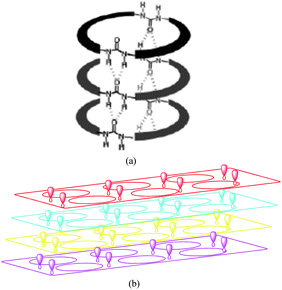
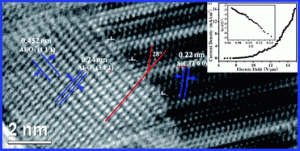
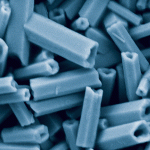
![A (S)-sulfonamidecinnamic acid self-assembles in the crystal and exhibits quantitative enantioselective single-crystal-to-single-crystal [2 + 2] photodimerization.](https://blogs.rsc.org/ce/files/2010/11/c0ce00516a-ga-300x52.gif)
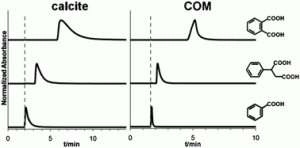 Chromatographic determination of impurity binding affinities on biomineral crystals
Chromatographic determination of impurity binding affinities on biomineral crystals